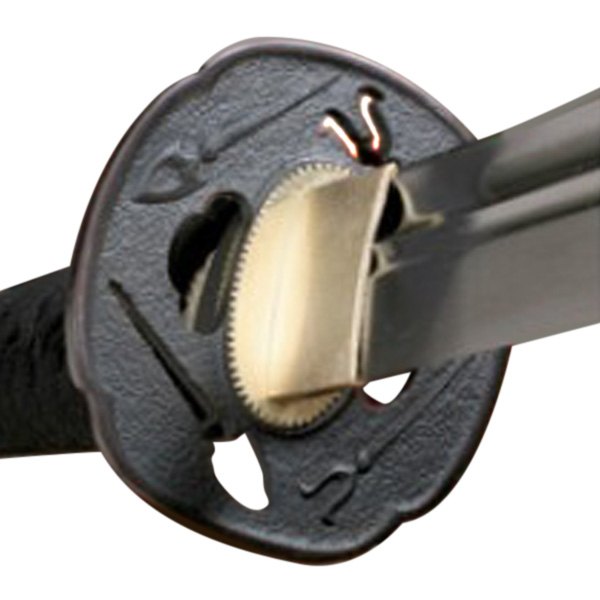

- #Are cold steel katana swords marked full
- #Are cold steel katana swords marked professional
- #Are cold steel katana swords marked free
That being said, if you are unhappy with the product for any reason, we do still allow you to return the item for a full refund, including the sharpening costs under our normal return policy. We can not provide any refunds for the service once it has been completed, so consider it to be provided “as is”. All we can say for sure is that the resulting edge will be sharper than the default edge, in most cases, significantly so. Some customers can also have incorrect assumptions about sword sharpness and improper expectations as a result. Every blade is different and some will take and hold a sharper edge than others, due to the blade material, heat treatment or geometry. We make no guarantee that the resulting edge will meet with your expectations.

We do not offer this type of service at this time. A service of that nature would be significantly more expensive as a great deal more time would be required. To create that type of edge will necessarily scratch up the blade surface and we lack the machinery and time to provide a full re-polishing of a blade’s surface. The service will not provide a completely bevel-less edge. In other words, we intend to provide you with a serviceable weapon, not a personal grooming implement. Our goal is to provide you with a usable edge for cutting practice that will hold up to some use and not require constant re-sharpening. The resulting edge will be “sword sharp” not razor sharp.
#Are cold steel katana swords marked professional
Our sword sharpening expert has personally sharpened several thousand swords at this point, so will provide you with a professional service. We can sharpen only the last half or third of an edge, for example.
#Are cold steel katana swords marked free
If you have a different preference, feel free to make that request in the special instructions at check out. By default we will sharpen as much of the blade as possible including any false edges if appropriate. The blades are rested between passes to prevent them from becoming hot and damaging their temper. The process involves many passes with sanding belts of various grits.

The sharpening service is done with a belt sander. We adjust the angle of the edge to suit the specific blade and attempt to get as close to a bevel-less edge as possible without marring the surface of the blade. Some blades will take and hold sharper edges than others and the thickness of the blade will determine how wide the bevel will need to be. The resulting edge is somewhat dependent on the particular blade. The result is typically “very sharp” with a small secondary bevel and a bit of an “apple seed” profile. Our sharpening service will provide a good serviceable edge on the blade. Consider this as a general guideline only. The Edge ratings in particular are somewhat subjective and each blade can vary. This info is provided to give you a good idea of the product being presented, the one you receive may vary from the specific one we took measurements of. Please note: Due to the hand made nature of these items, all specs should be considered as approximates. However for reasons we won’t get into here, this is not the case. A common misconception is that swords should all be “razor sharp”. Moderately Sharp is close, but may need to be touched up to get the best performance. Possible values could be “Rebated” meaning the edge is intentionally thickened for safety, “Blunt” meaning the edge is fairly thick with little to no taper, ‘Unsharpened” which would taper to the edge but stop short of having any real cutting ability, “Slightly Sharp, Moderately Sharp, Sharp, or Very Sharp” Sharp or Very Sharp are considered good for cutting swords. The “Edge” spec will tell you about how sharp a blade is. A very high POB will result in a sword that feels heavier than it actually is and is difficult to wield. In general, a low POB results in good point control well suited to a thrusting blade, while a higher POB adds impact to a cleaving blade. A POB of 3”- 5” usually results in a well balanced sword, but does depend on the type of sword. In practice however, there are many reasons why you may not want this for a particular sword. In theory a sword with a POB of 0” is perfectly balanced. A number of 0” would balance exactly at the guard, while a negative number will have a POB in the hilt itself. It refers to the point on the blade where the sword achieves a perfect balance. stands for Point Of Balance, this is measured in inches from the hilt down the blade.


 0 kommentar(er)
0 kommentar(er)
